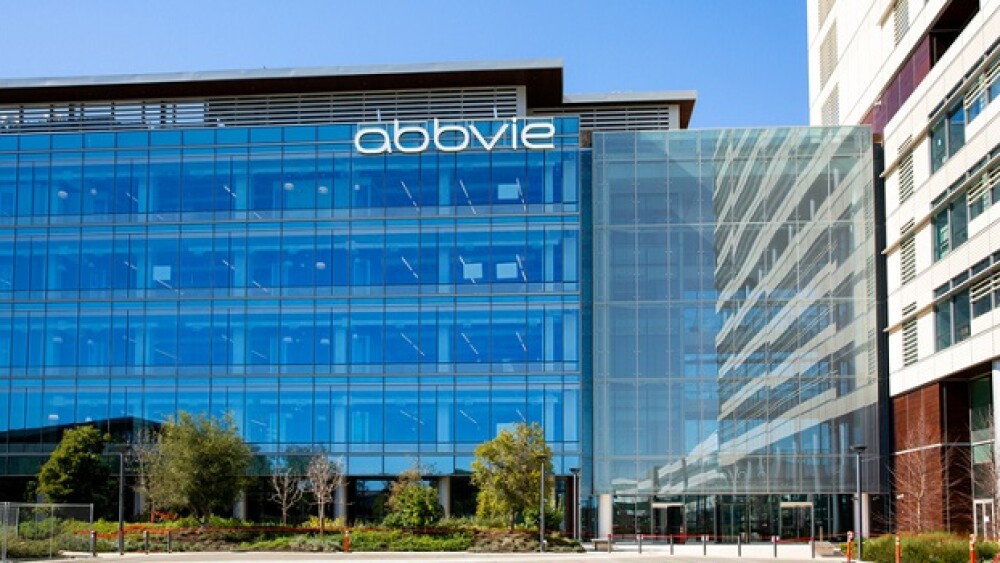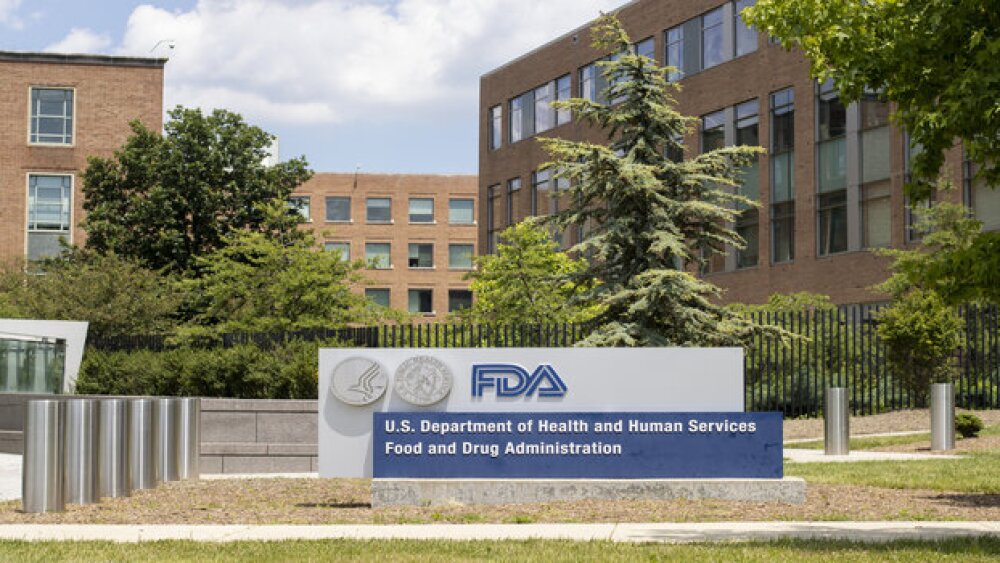Safety and efficacy evaluation will be performed on 36 patients from 3 hospitals located in US and Australia
- Safety and efficacy evaluation will be performed on 36 patients from 3 hospitals located in US and Australia
- While bevacizumab particularly blocks the signaling activated by VEGF-A, Olinvacimab manages to block the signaling activated by VEGF-A, C, and D.
PharmAbcine, a biotech company specialized for developing novel human antibody therapeutics, announced that the company successfully recruited the first patient for phase II clinical trials of olinvacimab (TTAC-0001) in US/Australia as of November 13, 2019.
In the phase II, 36 patients with rGBM (recurrent glioblastoma multiforme), whose tumour is reported to be progressed post the bevacizumab treatment, will be treated with a gradual successive increased dosage of olinvacimab from 16mg/kg, 20mg/kg to 24mg/kg. In this study, safety is the primary endpoint, followed by the assessment of efficacy. The study will also substantiate its effectiveness on patients with respect to Quality of Life through the assessment of tumour and of their reliance on steroid usage.
Gliobloastoma multiforme (GBM) is a type of brain tumour and it represents 15% of brain tumours. Even though there appears to be rigorous attempts to remove the tumour through surgery, chemotherapy and radiotherapy as a means of primary treatments, there is a high proclivity that GBM will likely relapse within a year. Regardless of prudent attentive post-treatment that has been performed for the patients, it is reported that 5 year survival rates are found to be less than 3%
Recently, Roche’s Avastin® (bevacizumab) has been able to gain its top-notch clinical value through the manifestation of remarkable effectiveness in mitigating cerebral edema and consequently it has been approved for medical use in rGBM as a standard treatment. Nevertheless, an issue that starts to arise is that there are non-responding patients to bevacizumab and patients who start to develop non-responsiveness as a consequence of repeated use of bevacizumab. For these individuals, unmet medical needs for the rGBM indication are quite high owing to the deficient availability of alternative treatments for them.
One of representatives from PharmAbcine said, “There is no current suitable treatment for rGBM patients who are progressed after the bevacizumab treatment and it is unfortunate that it will cause cerebral edema in patients and cause severe damage,” and continued, “We are looking to subjugate other rare diseases that are currently medically unmet and expecting to substantiate prominent asset of olinvacimab. From there we will extend our hands to a bigger spectrum of different indications of cancers.”
Even though they both can mitigate angiogenesis in the TME (tumour microenvironment), onlinvacimb is significantly thought to be a more powerful strategic treatment to impede the process of metastasis and growth of tumour. Notably, while bevacizumab particularly binds to VEGF-A and inhibits the signaling caused by the binding of VEGF-A to VEGFR2, olinvacimab specifically targets VEGFR2 and consequently interferes with the activation of VEGFR2 caused by VEGF-A, C and D.
About PharmAbcine Inc.
PharmAbcine is a clinical-stage biotech company, listed in KOSDAQ stock market (208340), focusing on the development of fully human antibody (mAb) therapeutics, especially reputed for leading the development of next-generation multi-specifics. This multi-specific antibody technology can be achieved through our in-house novel technology development, namely DIG-Body, PIG-Body and TIG-Body. Using innovative discovery technology and excellent human resources, we provide a number of superlative immunotherapeutics for indications in immuno-oncology, immunology and ophthalmology.
PharmAbcine’s HuPhage library and innovative selection system are priceless proprietary assets. Additionally, our well-established 3G expression system ultimately helped concrete our stupendous reputation in the field of biopharma industry by allowing us to achieve the reinforcement and reproducibility of high levels of antibody production. On the basis of our highly maintained, advanced technical systems, we are pleased to provide high quality antibody generation services. Moreover, our high standards antibodies have allowed us to be actively involved in co-development with our partners and we are willing to expand co-development opportunities to other potential partners.
Under the collaboration with SAMSUNG MEDICAL CENTER, PharmAbcine has more than 300 patients-derived cancer stem cell libraries and an animal model system for evaluating internal pipeline development.
Selected pipeline:
TTAC-0001(olinvacimab): It is an anti-VEGFR2 fully human IgG with unique cross reactivity between mouse and human and has completed a Phase IIa recurrent glioblastoma multiforme (rGBM) trial in Australia in August 2017. It is currently in a phase 2 clinical trial in Australia and USA for bevacizumab-refractory rGBM patients. Being an anti-angiogenesis agent that has shown good safety profile and efficacy in the phase IIa study, it is a good candidate to combine with other cancer therapeutics such as immune check point blockade molecules.
There are four clinical trials involving TTAC-0001:
(i) Phase IIa study to evaluate the safety and efficacy of TTAC-0001 in patients with rGBM
(ii) Phase II study to evaluate safety and efficacy in patients with bevacizumab-refractory rGBM
(ii) Phase Ib study evaluating TTAC-0001 in combination with pembrolizumab in patients with rGBM
(iv) Phase Ib study evaluating TTAC-0001 in combination with pembrolizumab in patients with mTNBC
PMC-001: It is a next generation bispecific antibody neutralizing both VEGF-VEGFR2 and Ang2-TIE2 pathways by targeting VEGFR2 and Tie2. It has been shown to be more efficacious than monotherapy using bevacizumab or olinvacimab alone in preliminary studies.
PMC-002 & 002R: They neutralize same targets as PMC-001 but have different scaffolds. They have improved PK property and manufacturability. They have shown outstanding antitumor effects in vivo.
PMC-122: A novel bispecific antibody neutralizing both PD1-PDL1 and SIRPα-CD47 pathways by having anti-PDL1 and anti-CD47 binding domains. Note that we developed a strategy to accentuate its binding to tumour cells in TME (tumour microenvironment) while minimizing the binding to RBC (both tumour cells and RBCs express CD47).
PMC-201: It is a next generation bispecific antibody neutralizing both VEGF-VEGFR2 and Notch-DLL4 pathways by targeting VEGFR2 and DLL4. It is a prospective molecule that may overcome drug-resistant tumor growth. Since both VEGF-VEGFR2 and Notch-DLL4 pathways are involved in tumour angiogenesis, thus targeting both signals may have synergistic effects in regulating angiogenesis. Moreover, because DLL4/Notch-1 pathway is involved in maintaining CSC’s (cancer stem cells) stemness, targeting DLL4 can be an excellent strategy to inhibit malignant proliferation, metastasis, and tumor recurrence caused by DLL4 positive CSCs. Notably, targeting DLL4 needs to be carefully managed in order to circumvent toxicity events. In that sense, PMC-201 is specially designed to solve the issue. The molecule itself is TTAC-0001-based bispecific antibody having excellent safety profile. In addition, we made it specifically bind to the DLL4 expressed on tumor cells. We confirmed PMC-201 has strong anti-tumor activities in tumor-bearing mice.
PMC-309: It is a fully human antibody targeting VISTA that is highly expressed on the surface of MDSCs (myeloid-derived suppressor cells) and TAMs (tumour-associated macrophages) present in the TME.
PMC-401S: It is a novel monospecific anti-Ang2 in ScFv (single chain variable fragment) format. PMC-401s will be a groundbreaking treatment in ophthalmology. By blocking the Ang2-Tie2 pathway, but allowing Ang1 to bind to Tie2, it renders out vessel stabilization/normalization. It has shown higher efficacy than Eylea in age-related macular degeneration (AMD) and diabetic retinopathy (DR) animal models.
PMC-402: It is a Tie2 targeting antibody. Upon binding to the Tie2 as an agonist, it stabilizes leaky tumor vessels into functional ones. We believe that there will be a better chance to deliver cancer drugs to tumor cells via functional vessels that are normalized/stabilized by PMC-402. We would like to explore a combination therapy of PMC-402 with other cancer therapeutics. More interestingly enough, it is not only restricted to cancer therapy, but it can also promise an innovative approach to treat posterior segment eye diseases such as AMD and DR in ophthalmology.
PMC-005B: It neutralizes EGFR variant III (EGFRvIII). With its internalization property, it can be incorporated to develop ADC (antibody-drug conjugate), CAR-T (chimeric antigen receptor T cell) and CAR-NK (chimeric antigen receptor NK cell).
PMC-901: Bevacizumab biosimilar cell line with higher titer than originator
PMC-902: Aflibercept biosimilar cell line with higher titer than originator
For all the pipelines listed, we are open for out-licensing and co-development of combination therapy.
Additional information about PharmAbcine can be found on our website at http://www.pharmabcine.com
Contacts
Yohan Jung
82-42-863-2017
yohan.jung@pharmabcine.com




